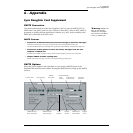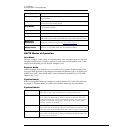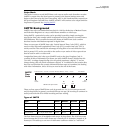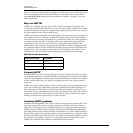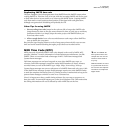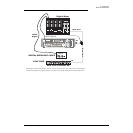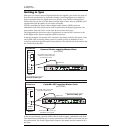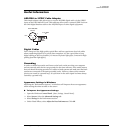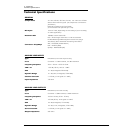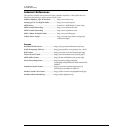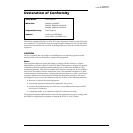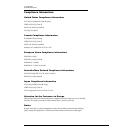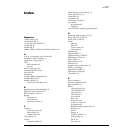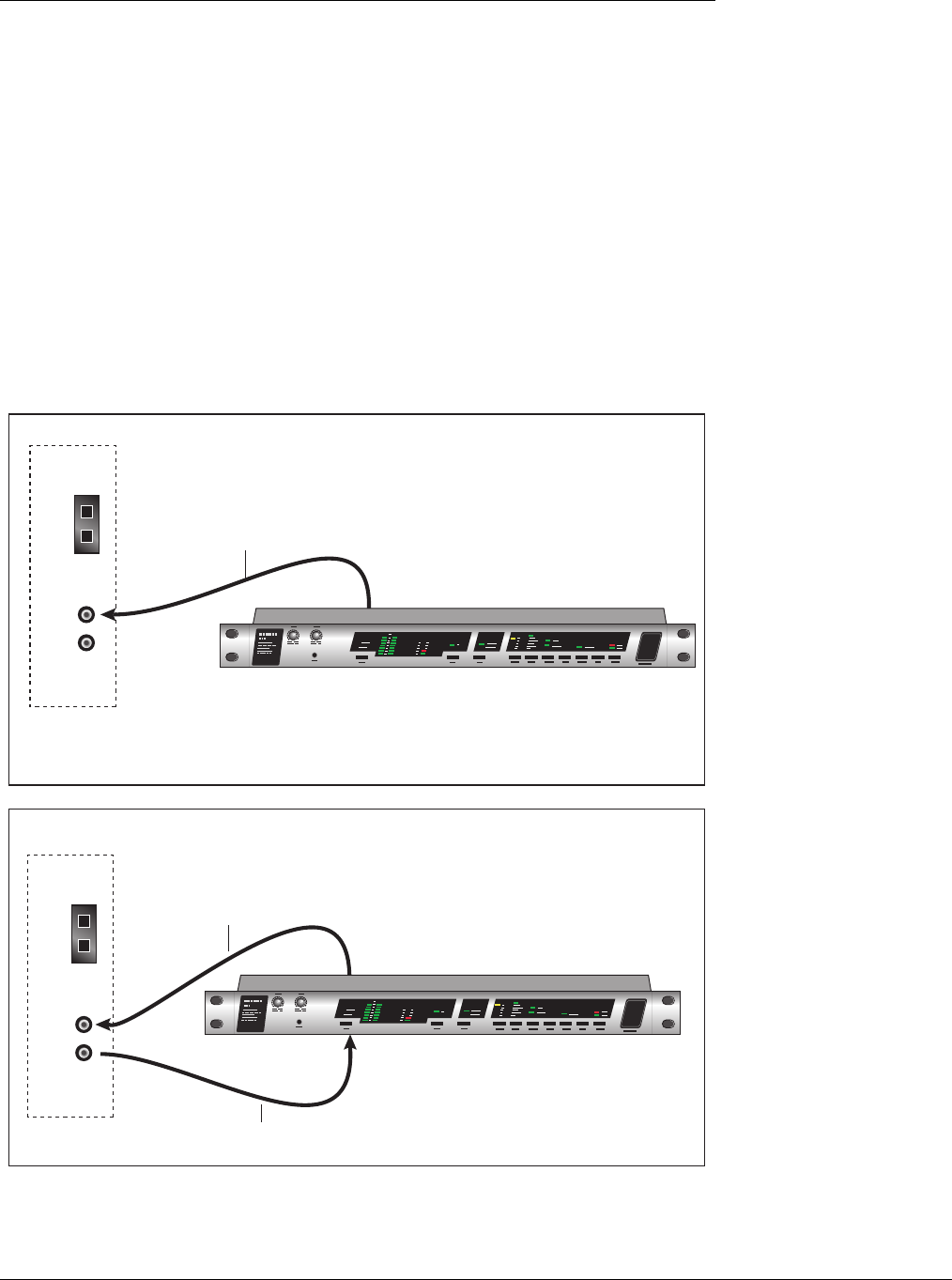
6 - Appendix
Getting in Sync
78 Creative Professional
Getting in Sync
Whenever you connect external digital audio devices together, you need to be aware of
how they are synchronized to each other. Simply connecting digital out to digital in
doesn’t guarantee that two digital devices are synced, even if audio is being passed.
Unless you have set one to be the Master and the other a Slave, they are probably NOT
synchronized and the quality of your audio will suffer.
S/PDIF is probably the most common digital audio format. S/PDIF carries an
embedded word clock which can be used to synchronize the digital equipment. You
must enable “External Clock” on the slave device to have clock sync!
The diagrams below show two ways to synchronize an external A/D converter to the
E-MU Digital Audio System using the S/PDIF connection.
In the first example, the external A/D converter is the master clock for the system. Only
one S/PDIF cable is needed (either optical or coaxial) as long as PatchMix is set to
receive its word clock signal from the external device. The external A/D is the Master and
the E-MU DAS is the Slave.
In the second example a second S/PDIF cable is used to supply “embedded word clock”.
The external device MUST be set to receive external clock via S/PDIF or the units will not
be synchronized. The E-MU Digital Audio System is the Master and the external A/D is
the Slave.
Set External Device to receive:
External S/PDIF Sync
S/PDIF Out
S/PDIF In
PatchMix DSP supplies Master Clock
(via S/PDIF)
Set PatchMix DSP to receive:
External S/PDIF Sync
S/PDIF Out
External Device supplies Master Clock
(via S/PDIF)
This S/PDIF cable carries an
embedded clock signal.
The S/PDIF cable carries two
channels of audio data and
an embedded clock.
This S/PDIF cable carries two
channels of audio data.
Master
Slave
Master
PatchMix DSP
Slave
External A-D Converter
External A-D Converter
or
S/PDIF
(Coax)
S/PDIF
(Optical)
In
Out
In
Out
PatchMix DSP
or
S/PDIF
(Coax)
S/PDIF
(Optical)
In
Out
In
Out




